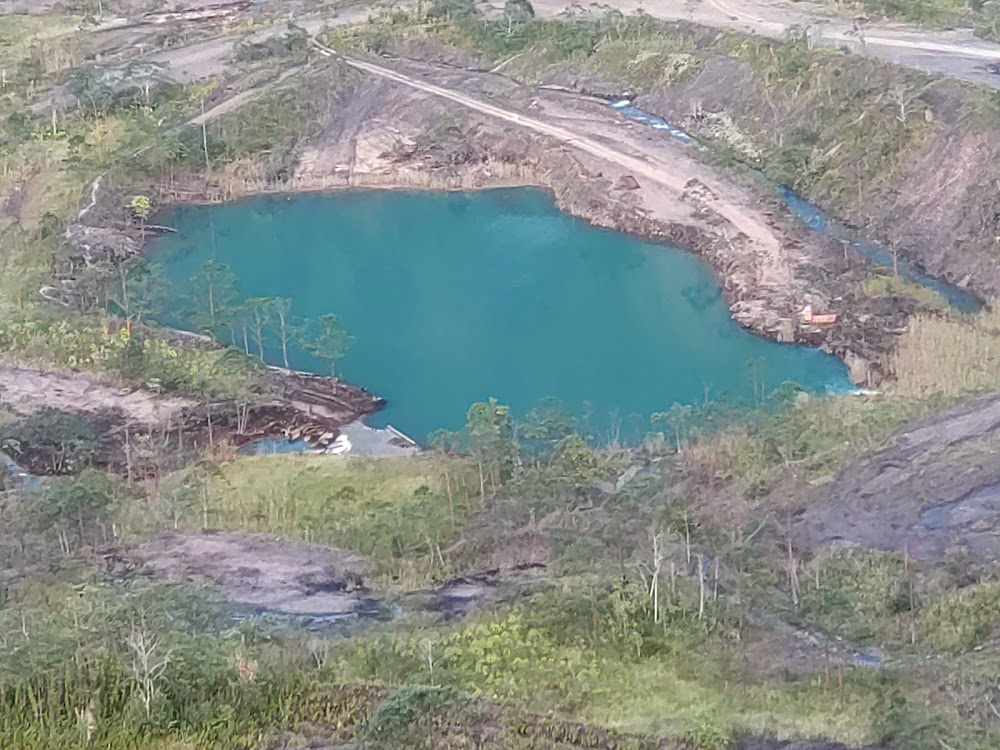Panguna Mine (Panguna Mine)
Overview
The **Panguna Mine** is a monumental open-pit copper mine nestled in the verdant and mountainous region of **Bougainville** in **Papua New Guinea**. This significant mining endeavor began to take shape in the late 1960s when an Australian company, **Bougainville Copper Limited (BCL)**, a subsidiary of the global giant **Rio Tinto**, unearthed a remarkable deposit of copper ore in the area.
Construction of the mine commenced in **1970**, attracting engineers and laborers from around the globe to this remote island. Building what would become one of the world's largest copper mines presented numerous challenges, as the site was enveloped by thick rainforests and steep hills. Nevertheless, the allure of vast copper and gold deposits made the arduous task worthwhile. Hundreds of workers leveled the terrain, constructed roads, built accommodation, and established mining facilities. Heavy machinery was transported by sea and meticulously assembled on-site, paving the way for a groundbreaking mining operation.
By **1972**, the Panguna Mine was fully operational and quickly transformed into a financial lifeline for Papua New Guinea. The mine not only produced substantial amounts of copper but also yielded significant quantities of gold and other valuable minerals. However, this success came at a steep price; the operations significantly impacted the environment and local communities. Rivers and lands were compromised by tailings and toxic waste, leading to ecological damage that troubled nearby villages.
Many local communities, particularly the indigenous **Bougainvilleans**, felt increasingly marginalized by the newfound wealth. The land on which the mine was established held immense cultural and ancestral significance for them. Growing tensions over land rights, environmental degradation, and wealth disparities stoked discontent among locals, setting the stage for conflict.
By the **1980s**, these grievances escalated into a full-blown struggle for rights and recognition. The Bougainvilleans demanded a more equitable share of the mine’s revenues and greater control over their land. For years, BCL and the Papua New Guinean government disregarded these demands, further fueling unrest. In **1988**, the situation erupted into a violent civil conflict known as the **Bougainville Civil War**, ultimately leading to the closure of the Panguna Mine in **1989** and a halt to its once-thriving operations.
Since then, the mine has remained dormant, ensnared in unresolved territorial and economic disputes. Despite multiple attempts to reopen it, the legacy of environmental degradation and the historical context of conflict pose significant challenges. The Panguna Mine stands as a poignant reminder of the complex interplay between **industrial development**, **environmental conservation**, and **social justice**.
Even in its abandoned state, the Panguna Mine continues to narrate a powerful story through its vast, gaping pit. It serves as a testament to not only industrial ambition and economic opportunity but also the profound cultural connections to the land. Moreover, it highlights the critical importance of listening to local communities in the pursuit of resource extraction, underscoring the lessons learned from this intricate and often painful chapter in history.






